
40+ Monthly Management Report Templates in PDF | Google Docs | Excel | Apple Pages
Managers usually write reports, and they have to be submitted every month to the higher authorities of a company. These…
Sep 15, 2023
In the natural and social sciences, and perhaps in other areas, quantitative analysis refers to the comprehensive empirical study of observed phenomena by statistical, computational and/or mathematical techniques. Quantitative research aims to establish and utilize phenomena-related mathematical hypotheses, models, and theories. The measurement method is important to quantitative research as it presents the basic link to quantitative relationships between empirical observation and mathematical expression.

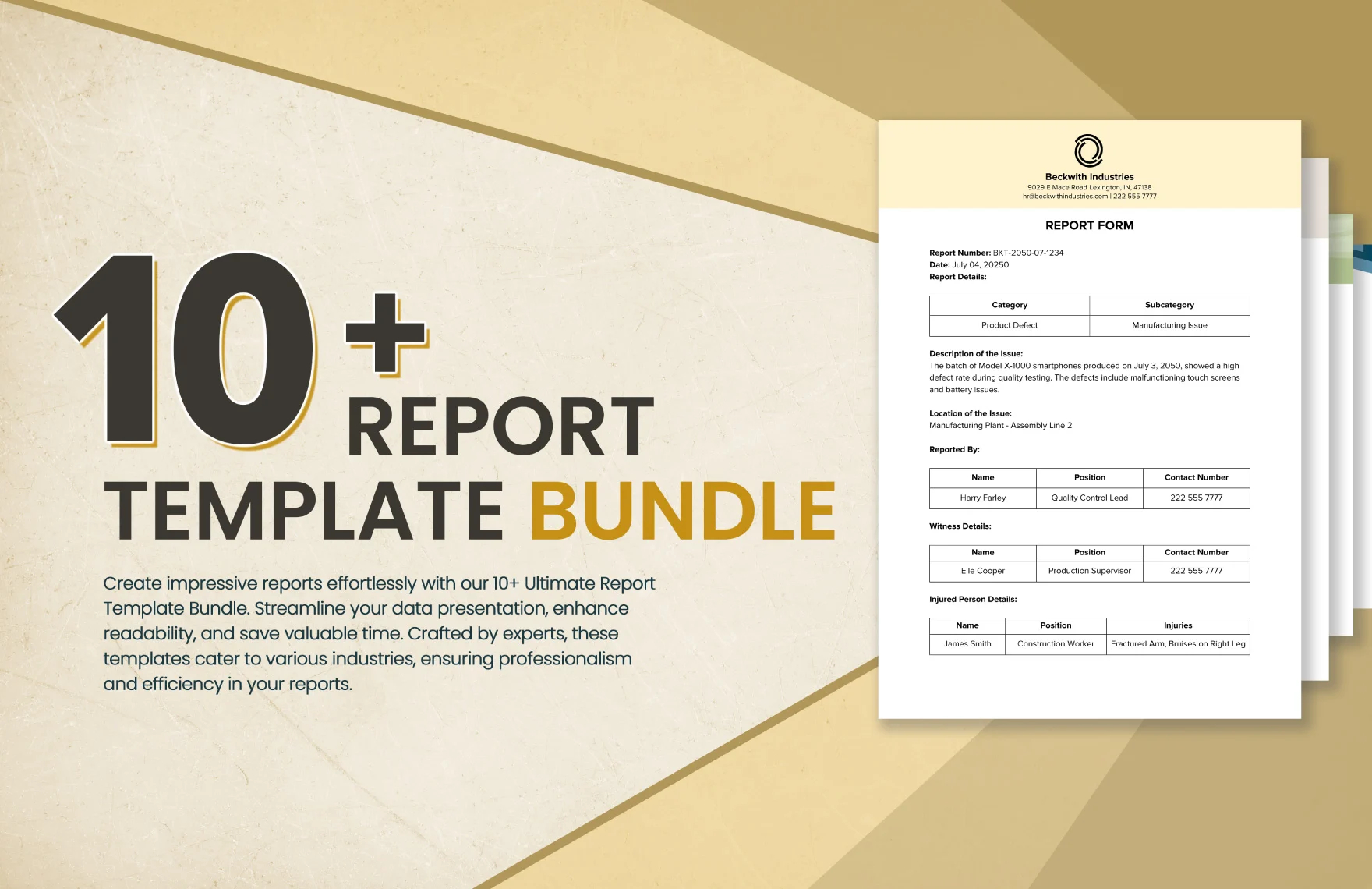
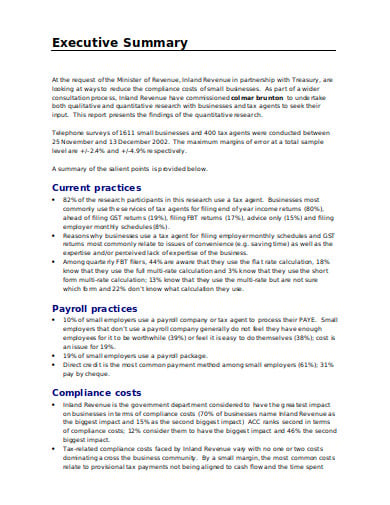 taxpolicy.ird.govt.nz
taxpolicy.ird.govt.nz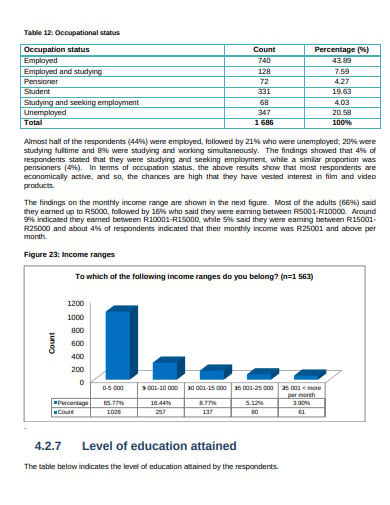 nfvf.co.za
nfvf.co.za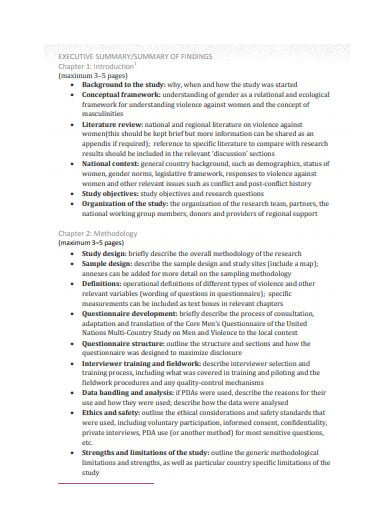 partners4prevention.org
partners4prevention.org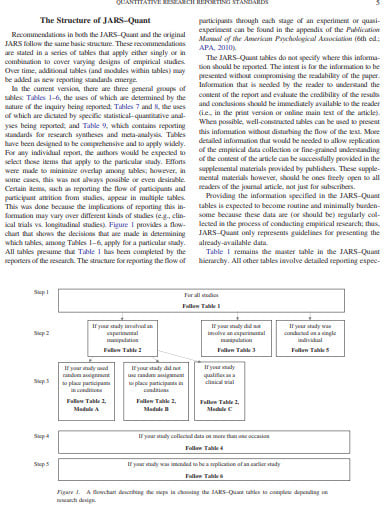 psychology.concordia.ca
psychology.concordia.ca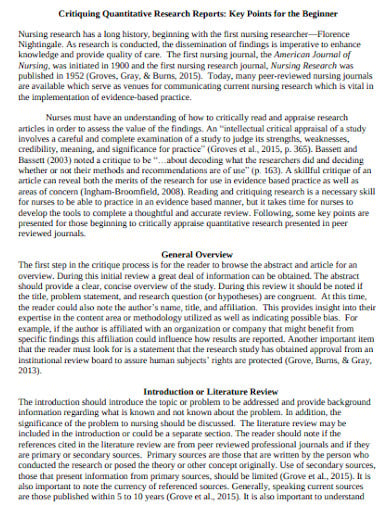 digitalcommons.wku.edu
digitalcommons.wku.edu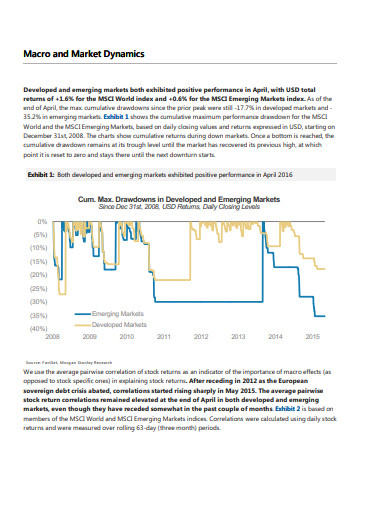 morganstanley.com
morganstanley.com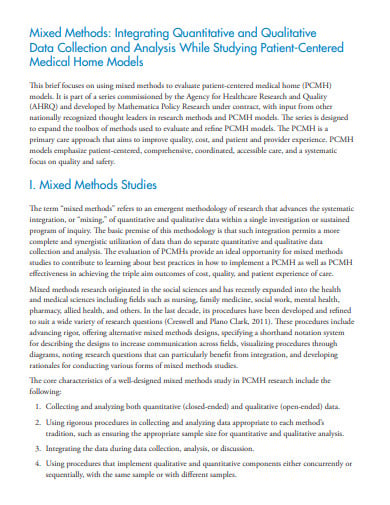 pcmh.ahrq.gov
pcmh.ahrq.gov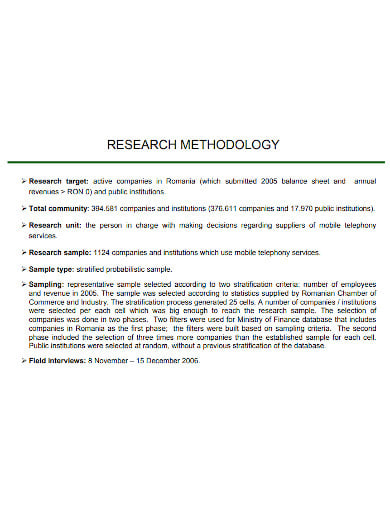 ancom.ro
ancom.ro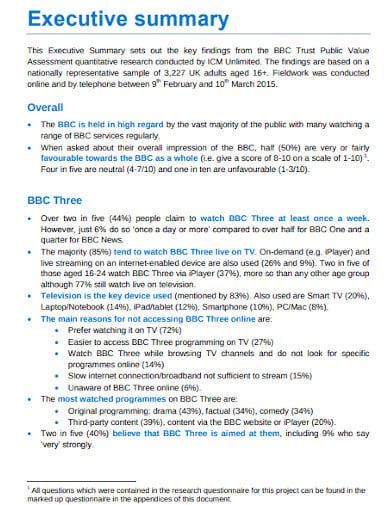 bbc.co.uk
bbc.co.uk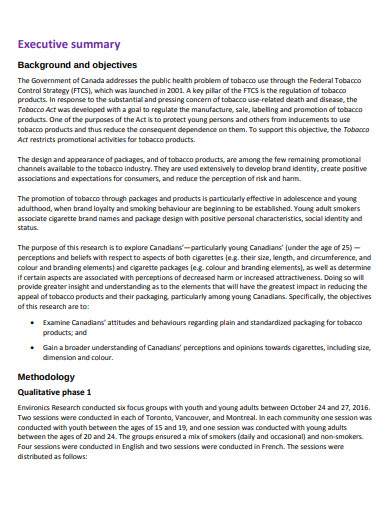 tobaccofreekids.org
tobaccofreekids.org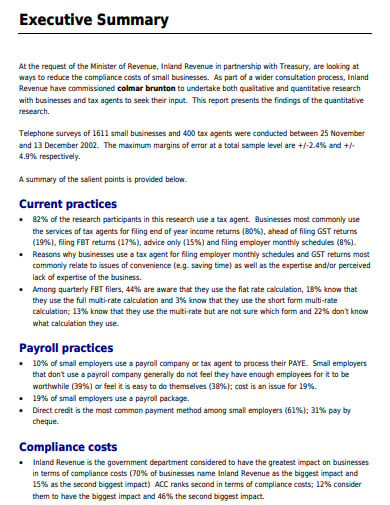 taxpolicy.ird.govt.nz
taxpolicy.ird.govt.nz1. The data is generally collected using structured research tools.
2. The findings are founded upon larger sample sizes representing the population.
3. Due to its high reliability, the research study may usually be replicated or repeated.
4. Researchers have a clearly defined investigative issue to which objective answers are obtained.
5. Before data is collected, all aspects of the analysis are carefully designed.
6. Data will be in statistics and numbers format and will often be arranged in non-textual tables, maps, figures or other types.
7. The study can be used to generalize ideas more broadly, to predict future outcomes or to investigate causative relations.
8. The researcher utilizes methods to collect numerical data, such as questionnaires or computer software.
There are a few things that must always be kept in mind when doing quantitative research;
You must determine if the case will be descriptive or experimental before conducting a quantitative research study as this will influence how you collect, evaluate and interpret the results. In a descriptive study, topics are usually evaluated once and the aim is to create only correlations between variables. A sample population of hundreds or thousands of subjects can be included in the analysis to ensure that a reliable approximation of the generalized association between variables is given. The experimental design involves subjects evaluated before and after a specific treatment; the sample population can be very small and deliberately chosen, and is intended to determine causality between variables.
Typically, the intro to quantitative research is presented in the present tense from a third-person perspective. This includes information such as:
A quantitative study’s methodology section will explain how each of the study’s goals will be accomplished. Make sure that you provide sufficient detail to allow the reader to do an informed evaluation of the approaches used to obtain research-related results. The segment on strategies should be addressed in the past tense.
Your study result needs to be written objectively and in a distinct and accurate format. Graphs, tables maps, and other non-textual elements are frequently used in quantitative studies to help the reader understand the results. You also need to make sure that the non-textual elements are not removed from the text but are used to complement the overall output definition and to help clarify key points that are being made.
Statistical analysis: Determine how you assessed the data and also what the key data findings were. The tests will be in a linear, logical sequence. Describe these patterns or negative outcomes but don’t explain them; save it for the reference section. Present the findings in the past tense.
Discussions need to be detailed, rational and critical. The discussion should mix your findings with those identified in the review of the literature and place them within the context of the study’s theoretical framework.
End your research study by summarizing the subject and provide the study with a final comment and evaluation.
Results overview: synthesize the responses to your research questions. Do not present any statistical data here; simply provide a concise overview of the key findings and explain what has been discovered you did not know before the study was conducted.
Suggestions: connect important findings with policy recommendations or steps to be taken in practice, as necessary for the assignment.
Future research: mention the need for future research linked to the shortcomings of your study, or any existing literature gaps that have not been covered in your study.

Managers usually write reports, and they have to be submitted every month to the higher authorities of a company. These…
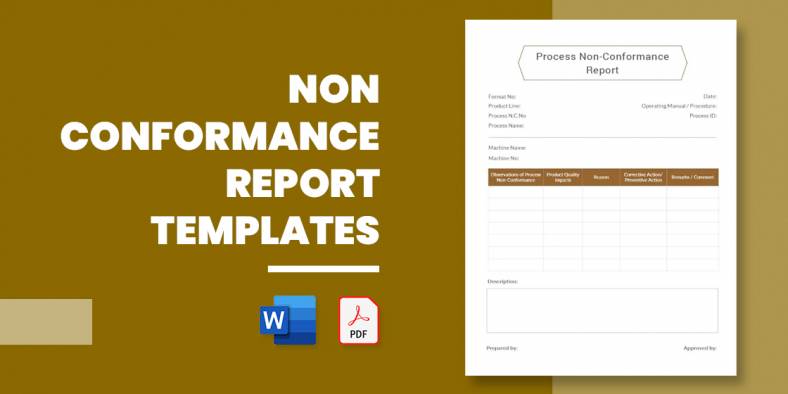
Have you ever tried sending a Report Outline for corrective action to a company about bad food, product, or service?…
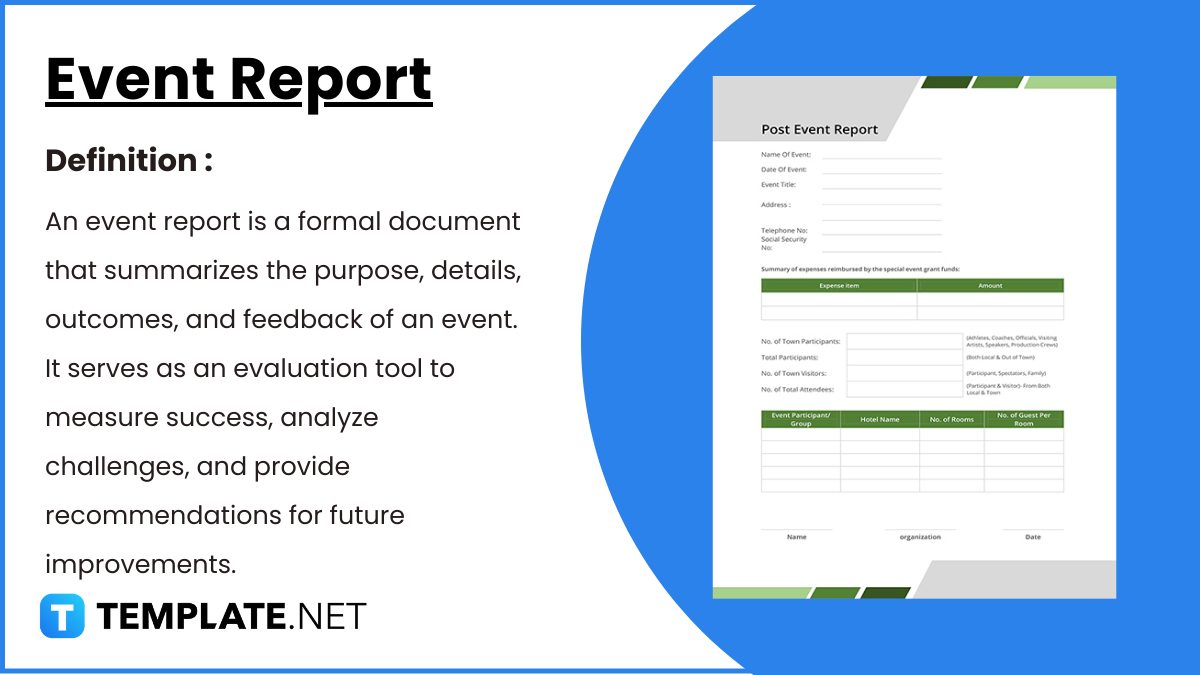
Crafting an event report is an essential step in analyzing the success and impact of any event, whether it’s a…

A report card is one of the crucial elements of recording the results of an evaluation of a leaner. Many…
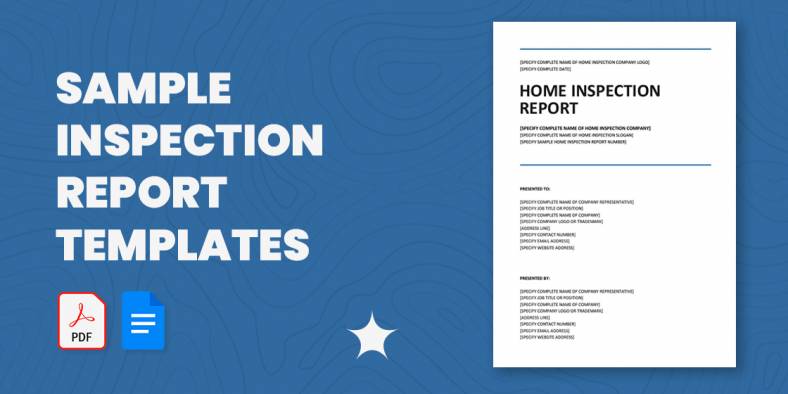
Getting ready with your inspection report? Not satisfied with your report’s format? Don’t you worry? We have here an array…
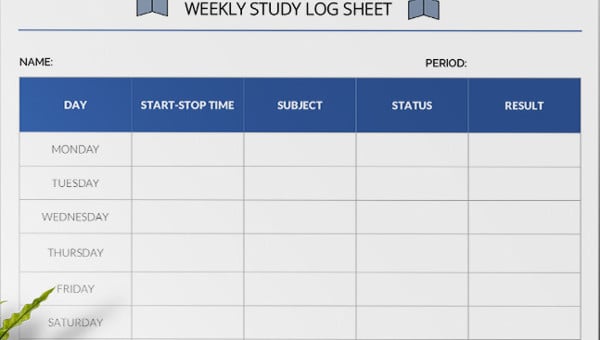
Every organization must be careful while creating a daily or weekly activity report as it is with the help of…
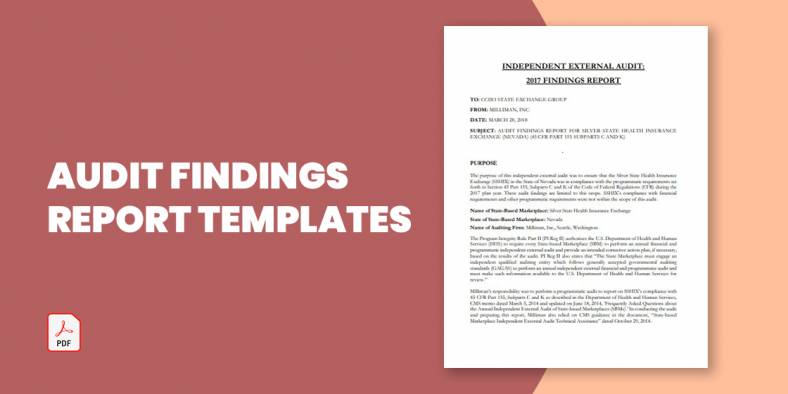
The audit report is the ending result of an audit and can be utilized by the receiver person or organization…

Audit committee reports present a periodic and annual picture of the financial reporting method, the audit process, data on the…

Timely reports are vital for any logistics industry as data is essential to help make decisions. Plus, the industry’s scope…